You’ve booked the flights, you’ve got your vaccinations and you’ve started telling people you’re off to Medellín – no doubt with a few frowns of concern from the older generation. You’re feeling organized and excited but still want a few insights about what to expect when you arrive. Look no further! I sat down with Fraser, a Scottish expat who has been living and working in Medellín for over a year, and was living in Bogotá for a year before that. He talked me through the subtleties of life in the City of Eternal Spring and surprises that might be in store for travelers new to the city. Here are his top 10 things to know before coming to Medellín.
There’s Spanish… and then there’s paisa Spanish

Having lived in Bogotá before moving to Medellín, one of the biggest differences I noticed was how people speak. Rolos (people from Bogotá), in my opinion, use far less slang than paisas. The reception people give you from ‘como estás’ to ‘quihubo parce’ is huge: one is speaking Spanish, the other is speaking paisa. Antioqueños are generally very warm people but you’ll definitely get some extra brownie points for trying to speak like a local as it shows you’ve done your research and are trying to integrate. If you’re ever unsure how to express something like a paisa, adding ‘pues’ on the end of a sentence normally does the trick.
Don’t criticize the food
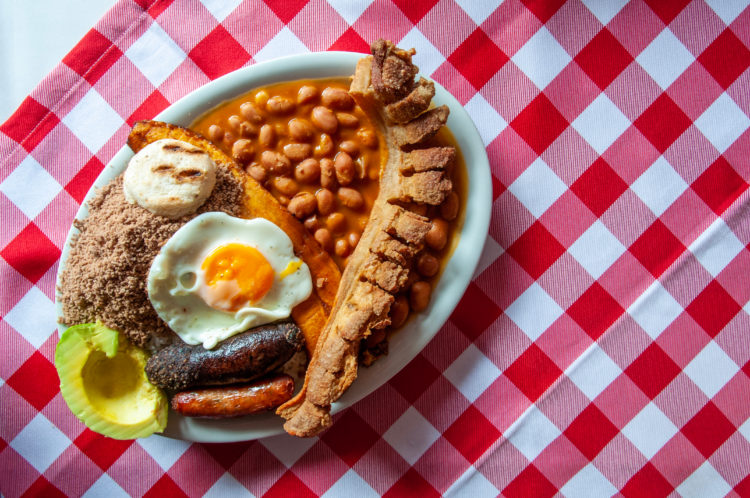
You might be picturing plates of colorful fruits and vegetables, dishes with hot spices and a mix of flavors, but it’s not quite like that in reality in Medellín. One of the biggest complaints from expats is that the food in Colombia sucks (bar the avocados). However, people in Medellín are not only proud of their Colombian identity but moreover their Paisa identity, a big part of which is the cuisine. Talking badly about Bandeja Paisa won’t do you any favors, especially if you are in a paisa household. If you’re lucky enough to be invited to a local’s home, there’s an unsaid expectation that you eat and drink, and refusing to do so can be interpreted as offensive. Many times, out of sheer politeness, I’ve consumed full dishes of food when I wasn’t even slightly hungry.
There’s no speed limit

OK, there is a speed limit (60 km/h in urban zones and 100 km/h on motorways) but don’t expect taxi or bus drivers to keep to it. Most taxis and bus drivers are male, and machoism is certainly part of how they drive – I’ve seen (and nearly been involved in) many collisions with cyclists and other cars during my time here. As a general rule of thumb, the older the driver, the safer you are. Younger guys seem to take on a boy racer mentality and will happily whizz, cut, swerve and beep their way around the city. That said, the road system does kind of demand erratic driving, as the city has poor street markings and is often congested.
Another thing to note is that yellow cab drivers tuck the backseat passenger seatbelts into the chairs, so it’s impossible to use the belts – ironically on a journey where you’ll probably need them most. Although it’s technically illegal, Uber runs in Medellín and the cars often have functional seatbelts, so is a better choice if you’re safety-conscious.
Always be prepared on long bus journeys
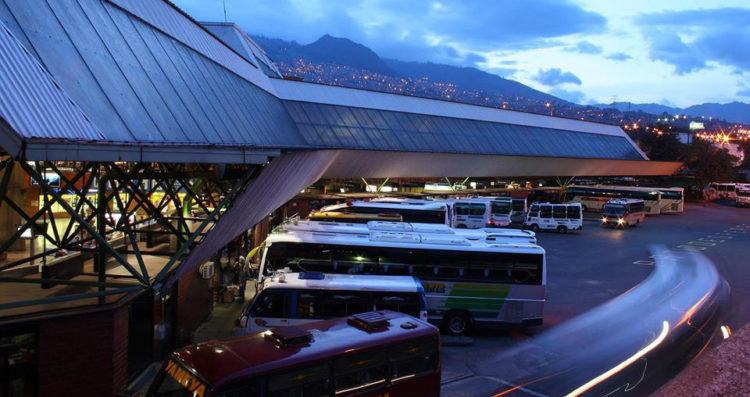
Separate to how people drive, bus journeys out of Medellín are probably going to make your hands sweat. Medellín sits in a valley, so any direction out of the city is a series of continuous turns and loops through the mountains. Now, imagine that, plus not having a seatbelt, plus going at 100km (minimum), plus being on a small bus packed full with people, luggage, and anything from musical instruments to chickens (seriously). Heading south from Medellín to the coffee region is known as the most treacherous route because the roads become extremely windy and buses don’t always have air con. That said, the bus journeys boast some of the most incredible views of Antioquia, and if you’ve got the stomach for it, can be kind of fun.
Three bits of advice: firstly, if you’re sitting by the window, be prepared to see stomach-turning drops down the side of the mountains. Secondly, always take travel sick tablets for long bus journeys (‘pastillas para el mareo’ in Spanish). And thirdly, expect to see passengers and the drivers making the sign of the cross throughout the trip – a trait that’s not too reassuring about the fate of the journey.
The locals are loud
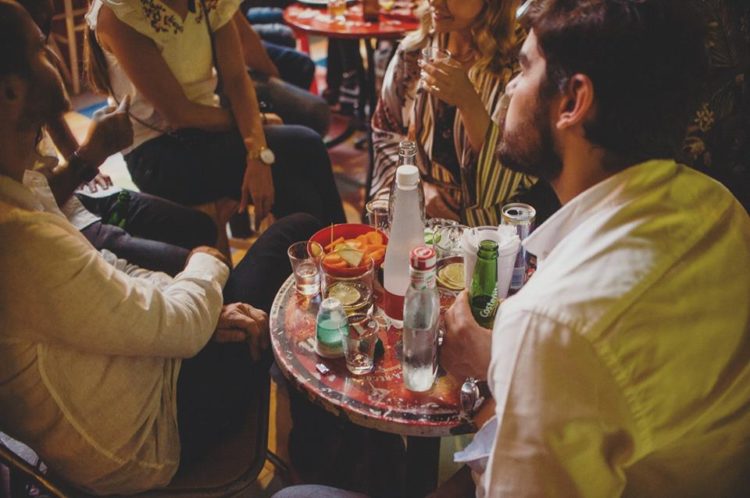
Medellín has no concept of curfews or music regulations, so matter how late it is, you’ll probably hear reggaetón or vallenato booming from somewhere. Paisas are loud and their parties are too. If you’re used to quiet countryside neighborhoods, definitely bring earplugs with you to Colombia. Don’t think the police will show up for noise complaints, it’s more a ‘can’t beat them, join them’ attitude here. Colombians will sing like it’s communal karaoke and the noise will only continue until the Aguardiente is gone – so go and have a beer with them instead.
Getting around is easy
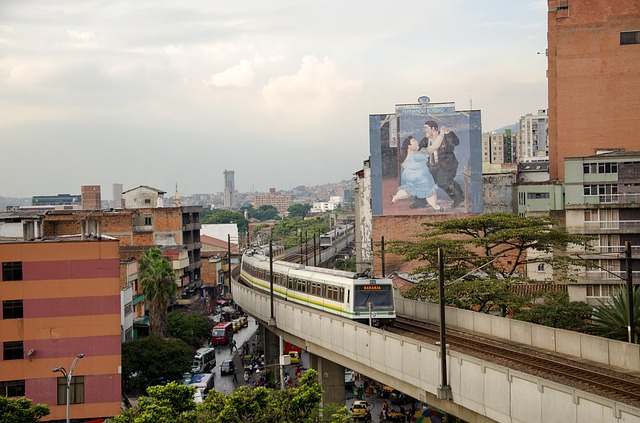
Unlike Bogotá and other big cities, Medellín has a great metro system that most people use to get around. The metro includes two train lines, the tranvía (tram), metrocable and buses, and locals are extremely proud of the system – 24 years old, it’s impeccably clean and is one of the defining characteristics of the city’s progression. Whether you’re visiting for a short time or planning to live here, it’s worthwhile getting a Cívica card. The cards are free and can be used on all modes of transport at a discounted fare. To get one, you simply need your passport or cedula, and to register at the Cívica stalls found at San Javier, San Antonio, Itagüí or Niquía station.
You’ll never get bored of the views
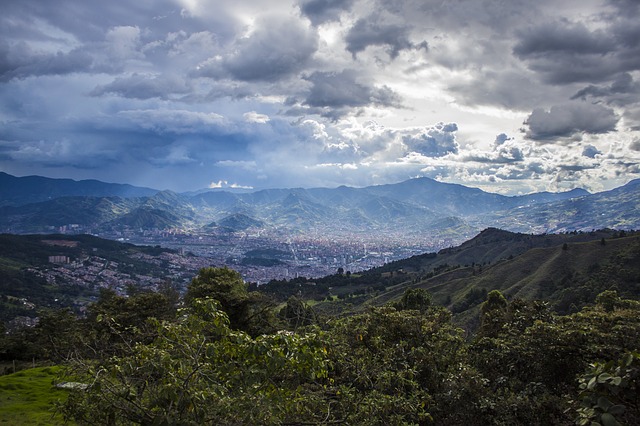
Coming from a relatively flat British city, the hills around Medellín are a complete novelty for me, and I’ve never lived anywhere that has the same landscape as here. You don’t need to go hiking for a spectacular vista (although you definitely should), simply walking down the street or on public transport is impressive enough. I take the metro every day and am never fed up of looking out the window watching the mixture of orange buildings and green hills roll by. Night time is particularly pretty, when the lights illuminate the hills and the valley makes Medellín feel even more special.
Be sensitive with the ‘E’ word
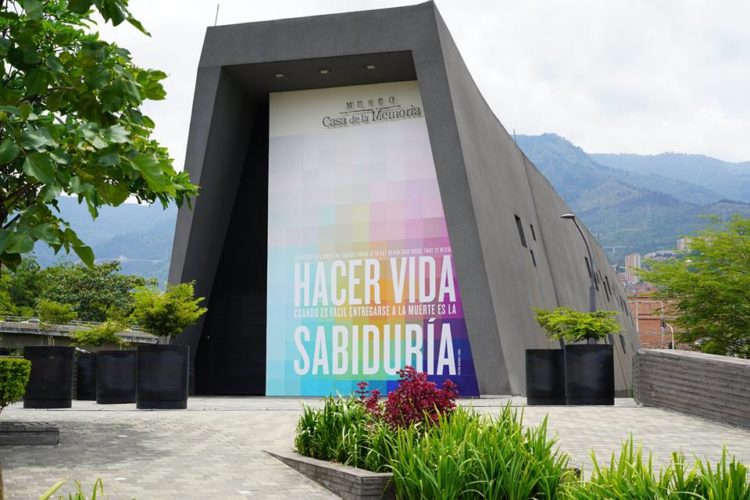
Sadly, Colombia’s reputation has been dominated by portrayals in shows like Narcos, meaning there’s been a steep rise in Escobar tourism. The reality is, some locals in Medellín have lived through the terror years and have had family and friends killed as a result of drug cartels. It’s respectable – even more so as a foreigner – to be cautious with throwing Escobar’s name around in public. If you’re speaking another language and Colombians can’t understand but can hear the name, it can be upsetting. If you want to know more about Medellín’s history, I recommend Museo Casa de la Memoria in El Centro over any Escobar-oriented tours.
The best coffee is exported

While Colombia is famous for its coffee beans, most locals don’t drink the good stuff. Instead, tinto is more common. Tinto is the dregs of coffee with lots of sugar, served in small plastic cups on the street, and is cheaper than the coffee served in cafes. There are many places throughout the city to buy and enjoy delicious Colombian coffee, but these are typically filled with foreigners or wealthier Colombians.
Also good to know, you don’t need to visit the coffee region to tour a coffee farm. Antioquia has several pueblos (towns) known for their coffee production. Jeríco is about three hours away from Medellín by bus and has a big coffee culture, minus all the tourists.
Beware toilet paper trash cans

Perhaps the biggest culture shock I got arriving here, was adjusting to putting dirty toilet paper in the trash. The pipes in Medellín are narrow and the water pressure is weak, so plumbing systems can’t break down large amounts of toilet paper, meaning a trash can alternative is used. There are some places in Poblado where it’s fine to throw the paper down the toilet but on the whole, you’ll have to develop a reflex to wipe and look right!
Overall, Medellín has a certain charm to it that has seen hundreds of expats visit for a weekend and end up staying for years – embrace the cultural differences here and the city won’t disappoint you. Disfruta!




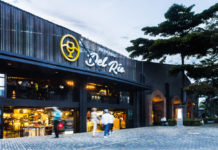






Interesting and useful article, and for me the biggest take-away is that I won’t be taking any bus trips out of town. I’ve already stopped using the yellow cabs and switched to Uber exactly for the stated reason of no seat belts. Also, I was completely unaware of the toilet paper etiquette, so will have to adjust to that one.
Overall, this article would have been much more valuable to me if the author included translations for all those 18 words and phrases in the opening section on “paisa” spanish. Would you mind posting that or sending it to me please?
Hi JP, thanks for your comment! Sure, the phrases in the infographic are roughly translated as follows:
Nea: an adjective for something being from the street
Sisas: ‘yes’ but very informal, street talk
Qué más, bien ó no?: ‘What’s up?’ ‘how are you?’
Paila: ‘no way’ or ‘bad luck’
Bien fria: when something is cold but good, like a cold beer
Parce: ‘hommie’
Eh, ave maria pues: an expression like ‘oh my God’
Niña: ‘lady/girl’ used to address women
Que berraquera: a really versatile expression, can be used to described something as cool or just to add emphasis
Qué chimba parce: something is really cool/an insult (like swearing)
Parche: hanging out with people
No te pierdas tanto: ‘don’t be a stranger’
Ñero: ‘mate’ (from the word ‘compañero’)
Foquiado: really tired/asleep
Hágale pues: go ahead/do it
Bien rico: really good/cool/tasty
Tienes mas patas que un pony: someone with strong, toned legs
Chicarrón: a problem (although literally a type of sausage)
We also have this article about paisa spanish if you’re keen to learn more . I hope that helps!
I like your column. Short, but full of information. In question:. What can a mexican, who drive an commercial tanker in the USA do for a living in Medellín, other than driving another tanker for an oil company? I guess what I really mean is what can I do for a living to start a new life? :-). That is if I ever move there.
Great article. My first visit was in October 2018 and articles like this REALLY helped me. Something to consider also when trying to “fit in” is that although it can get calor (hot) during the day, the locals wear jeans and trendy shoes/tennis shoes. I saw one chap at the airport wearing a RED T shirt and camo SHORTS–looking very silly to the high brow folks waiting for their plane with me to MIA.
No sandals outside, but, don’t go barefoot in the house–chaklas, or sandals are worn inside the house always.
I came here 16 years ago and stayed. The only dangerous thing about Medellin is you won’t want to leave. The weather is my idea of perfect, the first two weeks of June in Minnesota year round. This is an excellent article as I’ve been here long enough to forget how it first appears. I know going to the US a few times a year is always a nightmare compared to here.
How about the pollution?
I left Medellin a week. I was stunned at the high level of air pollution, and I used to live in Los Angeles. Some days it was difficult to see across the valley. The city has a reputation for bad air, but I was still surprised as to just how bad it is. It’s really noticeable as you take the bus to the airport.
The issue abvout pollution have been taken out of proportion. Medellin has 2 “dry” short season , a couple weeks in March and a couple weeks in October. During that time, pollution concentrates in the valley becasue of lack of wind and rain. Other than that, the air quality is fine the rest of the year.
Nicely written article! I have been to medellin many times and getting out of the city via bus can be one of the greatest experiences you may have. The countryside provides a whole new reason to fall in love with Colombia. Also, there is GREAT coffee in Medellin, served by many new hip and trendy young people, they know the value of a good cup of coffee ($$), they learned that from Mr. Valdez! Also, i agree, don’t criticise the food! Also try not to be confrontational, there are many social protocols and being totally open honest and gringo blunt is not one of them! Helpful and friendly people. Employment and work tradition is also 180 degrees different than the North American way of life. Have fun Enjoy, spread your wings!
Does the situation of using cans for toilet paper also apply to most residential units? That might be a deal-breaker.
Hi Thom, it depends mostly on where in the city you stay. Poblado and parts of the south of Medellín don’t have the toilet trash cans, however, most of the other areas do. If you opt to stay in a new-build complex, you’re less likely to need to the trash can. Hope that helps!
Medellín is the next place I’m planning to travel. Thanks for your helpful post. I’m taking note from here. It’ll help me a lot.
I find it hard to believe that people are still saying Medellín has a great metro system. For example, try to get on a train at Poblado station between 4PM and 7PM any work day. The line to the station will probably be down the steps outside the station to the east and half way across the river to the west. It is easily a half hour wait to just get inside the station, usually 45 minutes.
Taking any train any time during the day involves being squeezed in like sardines. I know many locals who refuse to take the metro just because it just a miserable experience. I am 6′, 210 pound man who has spent a fair share of time in gyms, and I have often had trouble pushing my way OUT of a train through all the people. People understandably get onto the train and do everything they can to remain by the doors.
As for ease of access, if you are staying in a hotel in Poblado you either have a half hour walk to a metro station or a cab ride. If I am in Poblado and want to go to either area near the next stop (Industriales to the north, Aguacatala to the south), it’s USUALLY FASTER TO WALK. And during rush hour, it’s usually about the same amount of time as paying to take a taxi.
As for the buses, I took a trip south to Perierra. Beautiful trip, but averaged 25MPH. Took nearly an hour to go the 4 miles to get out of town.
Getting around Medellin is just horrific.